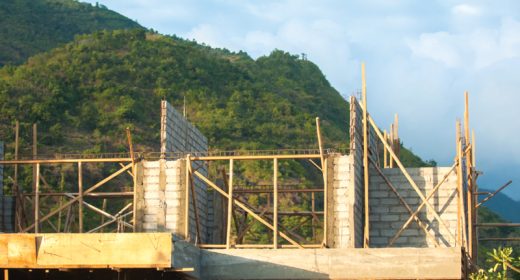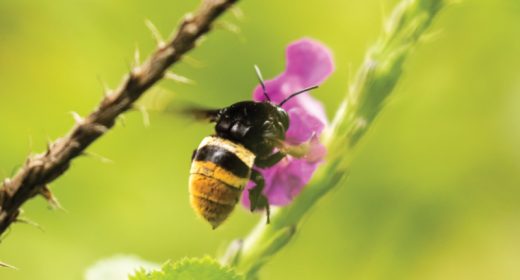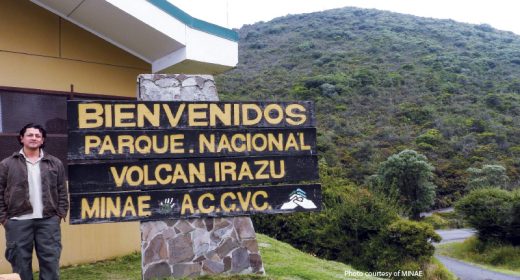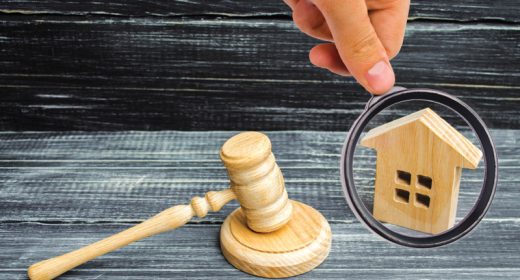
Building CR – Picking Your Dream Property
- DEC 06, 2017Warning: count(): Parameter must be an array or an object that implements Countable in /home/howlermag/public_html/old/wp-content/themes/new-paper/includes/general.php on line 193
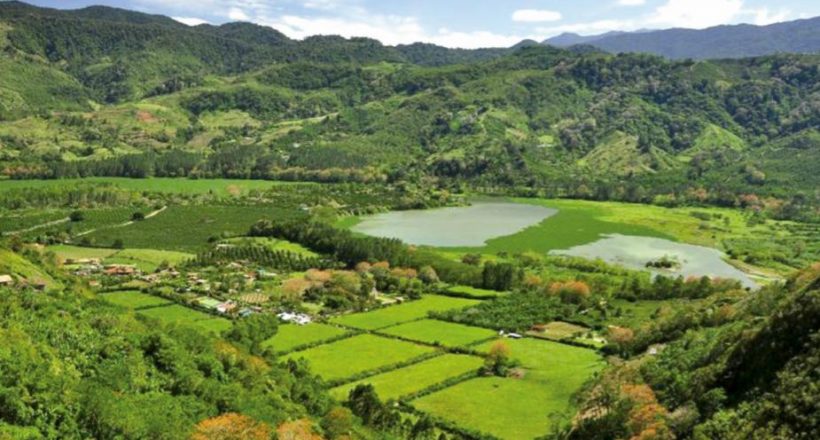
Your Lead Paragrpah goes here
Plan to build your dream home in Costa Rican paradise? First, it’s always recommended to find a reputable real estate agent in the area you are scouting for properties. Then pick a lawyer for due diligence before closing on the property purchase. In addition to those basic steps, there are lots of considerations when picking the dream property for your future home.
Access is very important. If you happen to be searching for properties during the dry season, realize that any stream bed that’s currently dry may sometimes be impassable during rainy season. Also, dirt access roads may only be reached via 4-wheel-drive vehicles at certain times of year. So if the property you are looking at cannot be accessed by gravel roads and bridges, be careful.
Topography of the property ultimately determines how it can be developed. For instance, hillside properties have distinct advantages over flat properties. Normally they have nicer views, better breezes and fewer mosquitoes. But unless roads and building sites are already in place, consider the expense to terrace and put in driveways up a slope. However, in most cases on Guanacaste hillsides, we quickly hit lastre, a soft granite rock that turns to crumbly gravel when excavated. Building your home on top of solid lastre will provide an incredibly solid foundation for your new home, and the resulting gravel can be used on the roads. Just make sure you don’t build on any “filled” areas without the use of retaining walls and compaction.
On many hillside properties, the actual buildable area is just a small portion of the total size. Most hillside properties will be acres in size, but you will be lucky to fit a house, pool and garage on them. Being on a hillside will protect you from flooding, but watch out for landslide risks and unstable ground above the building site.
Flat lots also have their advantages and disadvantages. The main advantage of a flat piece of property is that in most cases, it’s almost completely buildable. Flat lots are normally smaller, subdivided parcels. Keep in mind that flooding occurs at certain times of year. Proximity to even small streams or creeks means a higher risk of flooding. Foundations typically need to be deeper when built on dirt properties, and there are other complications relating to septic system drainage and disposal of rainwater runoff.
Another consideration is setbacks, meaning how close to property lines you can build. In some gated subdivisions, setbacks may be greater than typical residential setback laws. Always check the Covenants, Conditions & Restrictions (CC&Rs) to make sure you can build what you want within the given setbacks. Property lines should be well marked and established. Another precaution is to get a survey before purchasing a property to verify its boundaries.
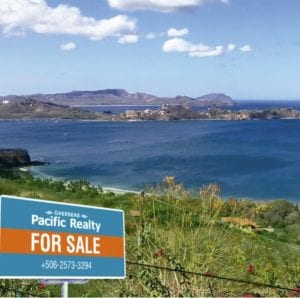 If a property does not currently have water, electric, cable and telephone installations, it’s wise to calculate their respective costs before making any offers. Electric lines can be very costly to install. The two options are overhead and underground, and their costs can vary substantially. If the property has no water service, due diligence is important to make sure the local water company guarantees access. Not all properties have the same cable TV, internet and phone service providers, depending on location. Ask the seller or your real estate agent about all these aspects so you can factor the development costs into your decision.
If a property does not currently have water, electric, cable and telephone installations, it’s wise to calculate their respective costs before making any offers. Electric lines can be very costly to install. The two options are overhead and underground, and their costs can vary substantially. If the property has no water service, due diligence is important to make sure the local water company guarantees access. Not all properties have the same cable TV, internet and phone service providers, depending on location. Ask the seller or your real estate agent about all these aspects so you can factor the development costs into your decision.
When choosing the best home building site, don’t overlook wind, sun and trees. A lot with no trees is always hotter than a shaded lot. Existing large trees should be preserved whenever possible. Many trees harbor wildlife including birds, monkeys, iguanas and more. A key reason to be in Costa Rica is to feel closer to nature, and trees provide life to all our furry friends. If it is necessary to cut trees to build your home, always make an effort to replant others somewhere else, ideally to attract wildlife.
In terms of protecting your investment, certain trees should be given their space away from your home. Some trees can damage foundations, floors and swimming pools with their root systems. Others can pose a hazard to our roofs from falling branches, fruits or the tree itself. Some trees should be far enough away from swimming pools to prevent leaves from clogging the plumbing, stained concrete and additional maintenance costs.
Taking all these factors into consideration can give you a clear picture of which property will work best for your dream home.


